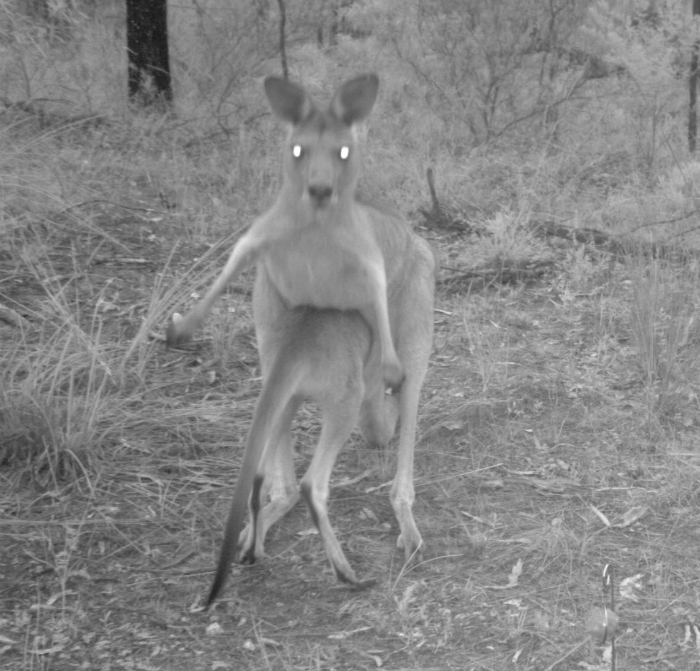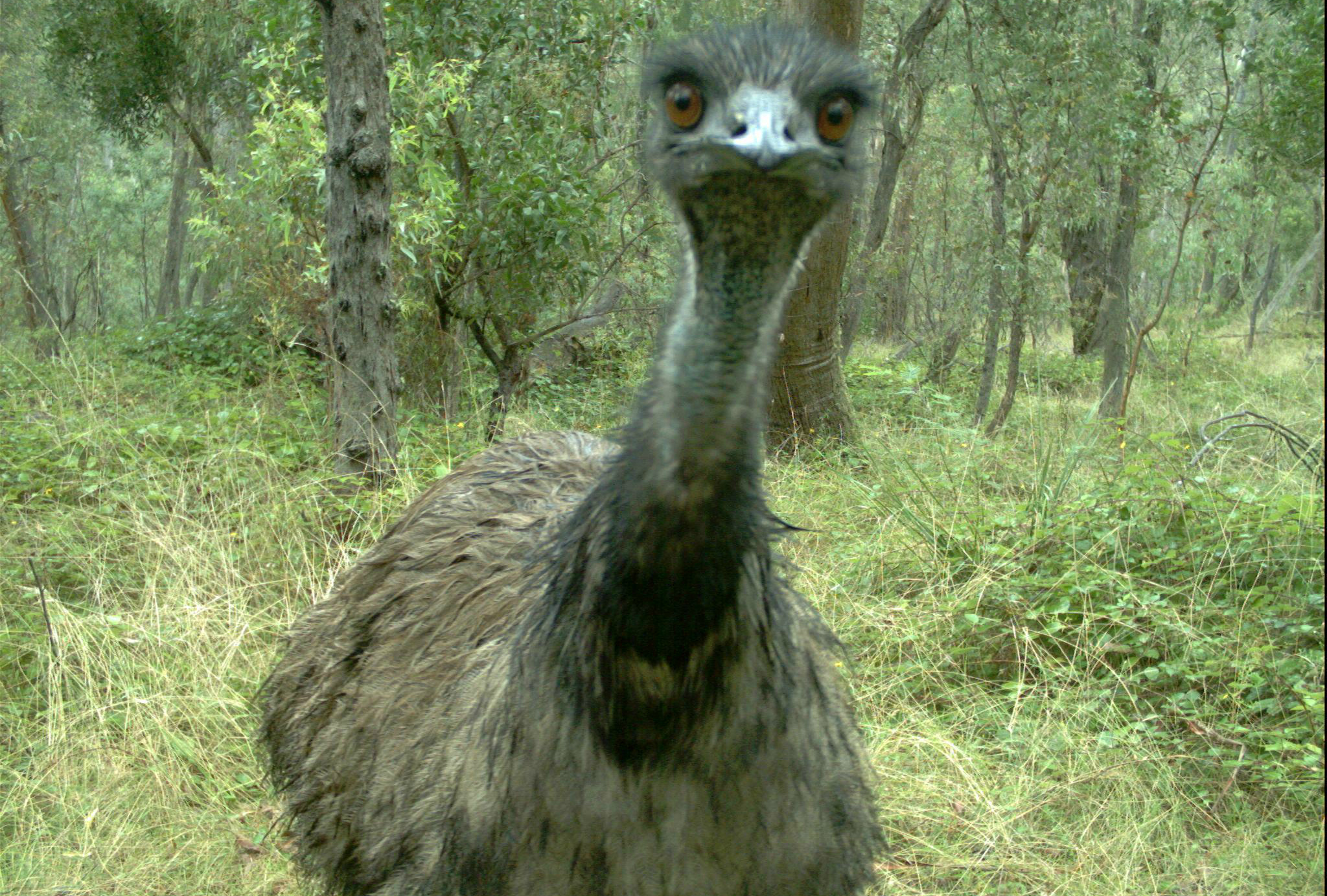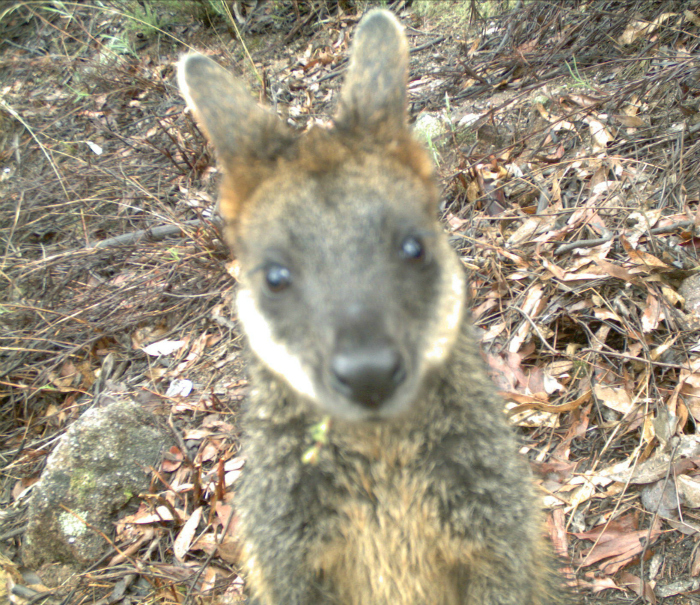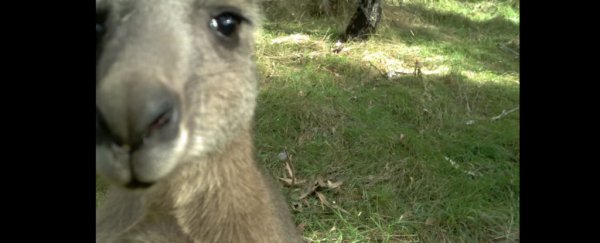You no longer have to feel guilty about wasting hours looking at ridiculously cute animal videos. Because thanks to a new citizen science project, you can now sit there flicking through kangaroo selfies and help researchers protect Australia's native wildlife in the process.
In other words: "No, I can't stop looking at animal photos and help you with the washing mum, I'm doing science."
The project is called WildCount, and it was set up by scientists from Australia's National Parks and Wildlife Service to help them figure out whether iconic native species are in decline. And, if so, how quickly they're disappearing.
Right now, animals like possums, wallabies, and wombats all seem pretty common. But because they're so widespread across Australia, it's pretty much impossible for scientists to physically monitor whether population numbers are increasing or declining. And this makes it very tough for them to protect and care for our native animals.
To try to get a better understanding of what's going on, they set up 300 motion-sensitive digital cameras across 146 national parks and reserves and baited them with honey or peanut butter, with the hope of capturing a few native animals in action.
The results were pretty awesome, with stop-motion footage of camera-loving guys like this wedge-tailed eagle captured:
But it was also more successful than they expected, with more than 800,000 images taken over the past three years. And by the time researchers are done checking all the cameras, that number is expected to top one million. Which is why they need your help.
"This takes a small team of researchers and volunteers almost a whole year to process accurately," the WildCount team writes in a press release. So they're asking citizen scientists to help them sift through the photos in an attempt to get through the data faster.
And don't worry, you don't have to be too much of an expert. "If you know what a kangaroo, emu, echidna or possum looks like or the name of the bird on the Australian 10c piece you've got the skills to be a citizen scientist on the WildCount project," they explain.
About one-third of the images contain no animals, but the rest have captured some pretty awesome things. Another one of our favourites? These boxing wallabies.
To get involved you just need to log in to data site DigiVol and record the animals you see in each image and how many there are. This data will then be verified by the WildCount experts, and analysed by biostatisticians to work out whether species are stable, increasing, or in decline.
"The power to detect such changes means scientists have an early warning system to see what is happening to common native species as well as examine other trends such as increases in pest species like red foxes," the WildCount team write. "It may also uncover a few weird and wonderful animal interactions or even prove the existence of drop bears…now that would take social media by storm!"
Bonus points for anyone who adds funny captions. Go forth and do science.
 Office of Environment and Heritage NSW
Office of Environment and Heritage NSW
 Office of Environment and Heritage NSW
Office of Environment and Heritage NSW
 Office of Environment and Heritage NSW
Office of Environment and Heritage NSW
